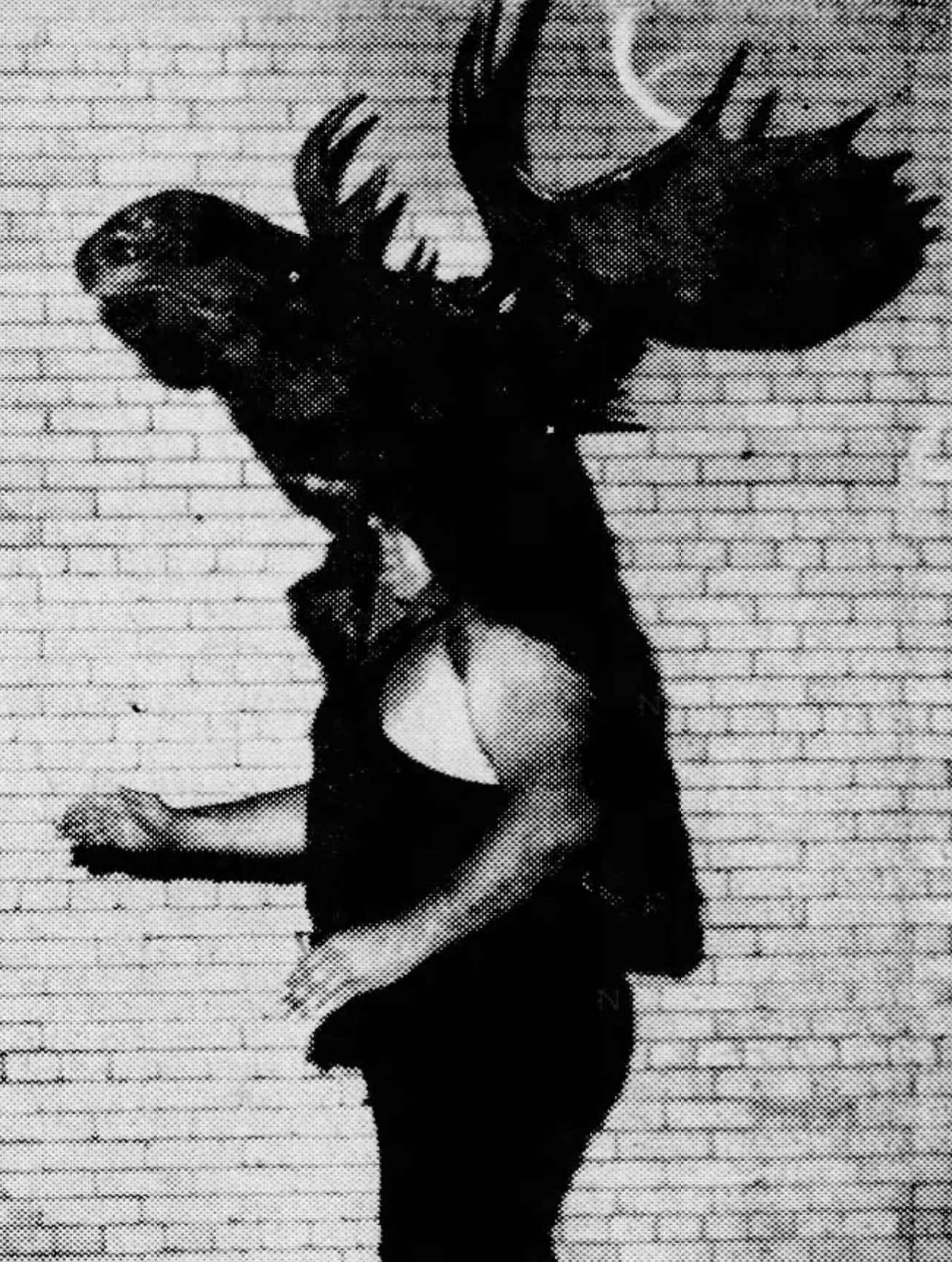In the old Marigold Arena on Chicago’s North Side, the crowd knew him before he even stepped through the ropes. “Moooose! Moooose!” the chants rolled across the arena, low and steady, like a drumbeat announcing a coming storm. And then Edward Cholak would appear—a tower of a man, 6-foot-4 and nearly 400 pounds, sometimes with a moose head perched like a crown on his shoulders, letting out a call that made the rafters tremble.
For four decades, he was known simply as Moose Cholak, a name that echoed from high school gyms to Japanese arenas, a man whose size and heart made him a legend in the Midwest professional wrestling circuit. But outside the ring, he was Edward Cholak, a devoted husband, father, and a city engineer who helped keep Chicago moving while the world watched him move in the ring.
From South Chicago to the Spotlight
Born and raised on Chicago’s Southeast Side, Cholak grew up in the shadows of his parents’ bustling tavern. Big even as a boy, he cut a figure of strength and determination that would follow him throughout his life. At Chicago Vocational High School, he was an all-city wrestling champion, a title that hinted at the force he would become. For a brief moment, he tested the gridiron at the University of Wisconsin, playing tackle, before the Korean War called him to the Navy. There, he trained as an engineer while continuing to wrestle and box, building the technical skill and discipline that would serve him in both his wrestling and professional life.
Returning to Chicago in 1952, Cholak was recruited by wrestling promoter Chief Don Eagle, a figure who recognized the rare combination of size, skill, and charisma that Moose embodied. Trained further under Columbus promoter Al Haft, Cholak stepped into the professional ring, a player in a show that, though not yet the televised circus it would become, required both athleticism and theatrical flair.
Moose on the Move
“People wouldn’t come just to see two men wrestle on the mat,” his wife Arlene said. “They came for Moose.”
And Moose delivered. His moose head, his calls, and his signature moves—like the “El Squasho” and the big splash—made him unforgettable. He traveled the U.S. circuit and even wrestled in Japan, where he captured the International Wrestling Association championship in 1963, toppling the legendary Rikidozan. But fame didn’t always pay the bills. “You had to hit a lot of circuses,” Arlene said with a laugh, recounting the grind behind the glitz.
By the mid-1970s, Cholak supplemented his wrestling income with a steady job in the City of Chicago’s Streets and Sanitation Department, overseeing crews and ensuring the city ran smoothly until his retirement in 1996. Even then, he never fully left the ring. Into the mid-1980s, Moose continued to wrestle, appearing on local television broadcasts like Wrestling from Marigold and Wrestling from the International Amphitheater. His knees were failing under the weight of more than 400 pounds, but the roar of the crowd kept him coming back.
The Man Behind the Moose
Wrestling wasn’t just a job or a spectacle for Cholak—it was a connection to his roots, his family, and the city he loved. Though he was sometimes billed from Moosehead, Maine—a nod to his childhood hunting trips—he considered South Chicago his true home.
“I was born in Moosehead, Me.,” he said. “But when I was five, I came to South Chicago. I wouldn’t give that up for anything. People ask me all the time about the moose call, about wrestling, about women… I try to help wherever I can. That’s just who I am.”
That generosity of spirit extended beyond advice and mentorship. In his tavern on Ewing Avenue, the Calumet Beach Inn, Moose welcomed young wrestlers, friends, and strangers alike, offering stories, guidance, and occasionally a laugh so deep it made the room shake.
Legacy Under the Lights
Eight thousand matches, countless television appearances, international acclaim, and a lifetime spent bridging the gap between spectacle and sincerity—Moose Cholak left his mark. He was a performer who knew the power of showmanship, an engineer who understood the precision of planning, and a father and husband who embodied devotion.
At the Marigold Arena, the calls may have started before he appeared, but Edward “Moose” Cholak always answered with every step, every move, every moose call. The roar of the crowd, the lights, the grind of the circuit—it was all part of the man who carried a moose head on his shoulders and a city in his heart.
